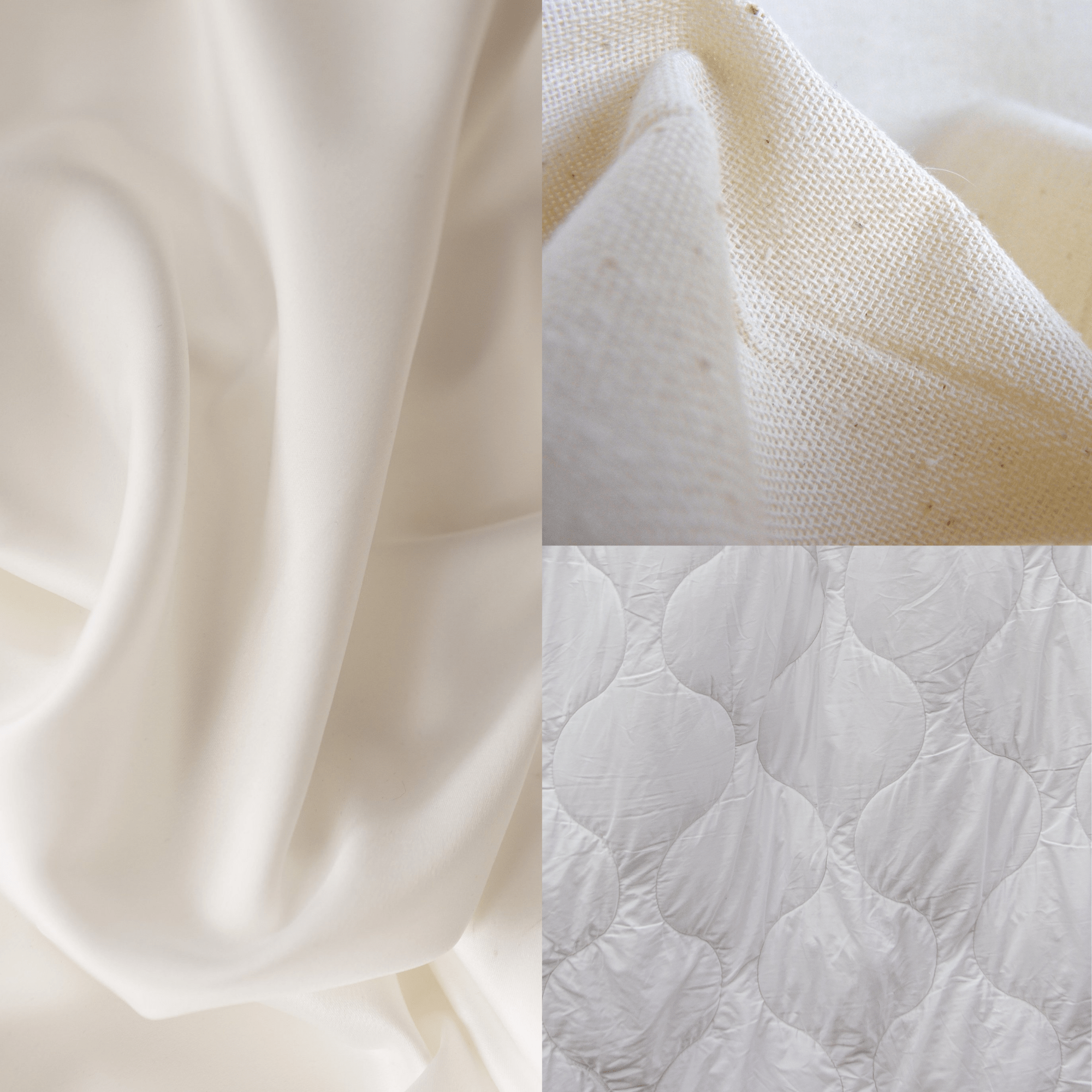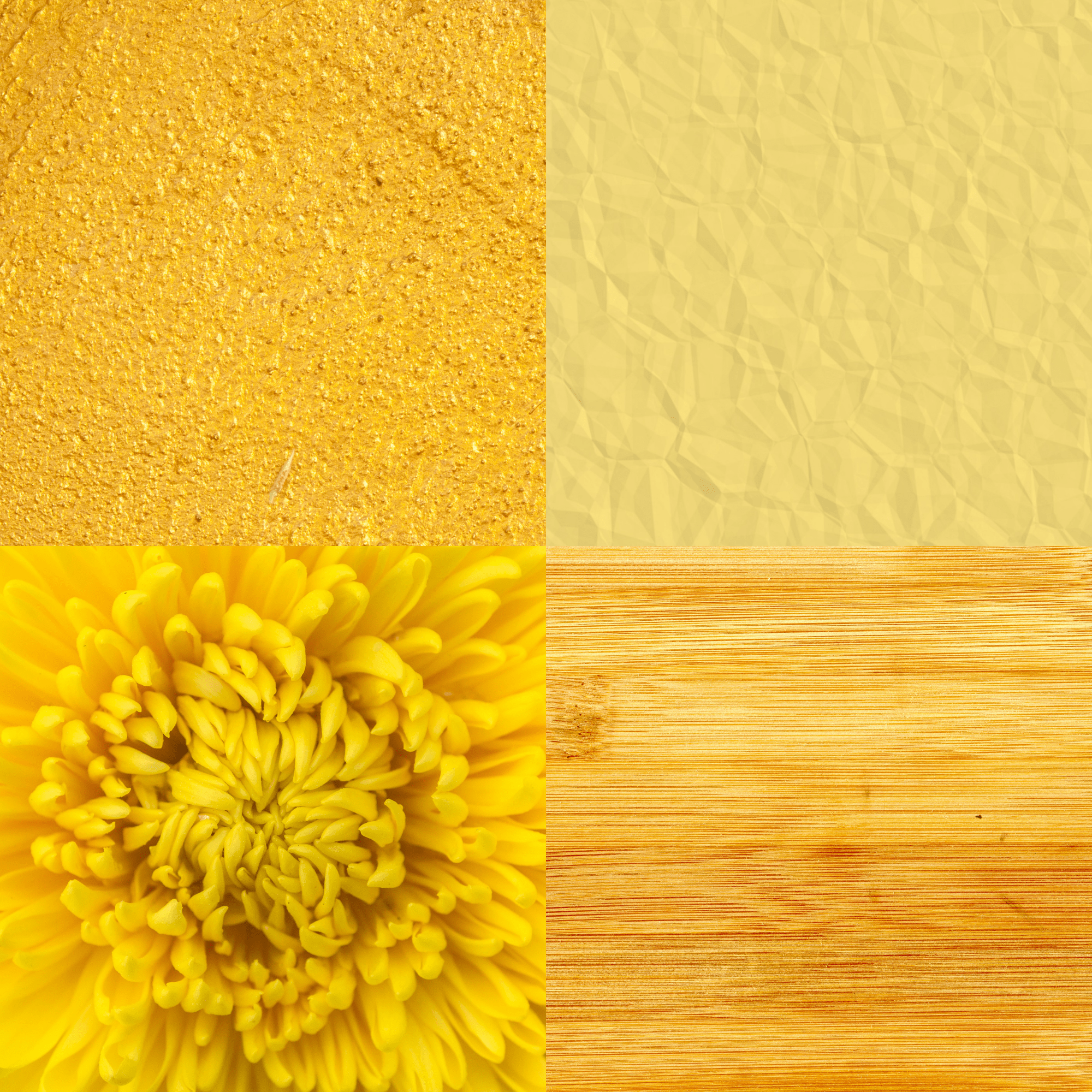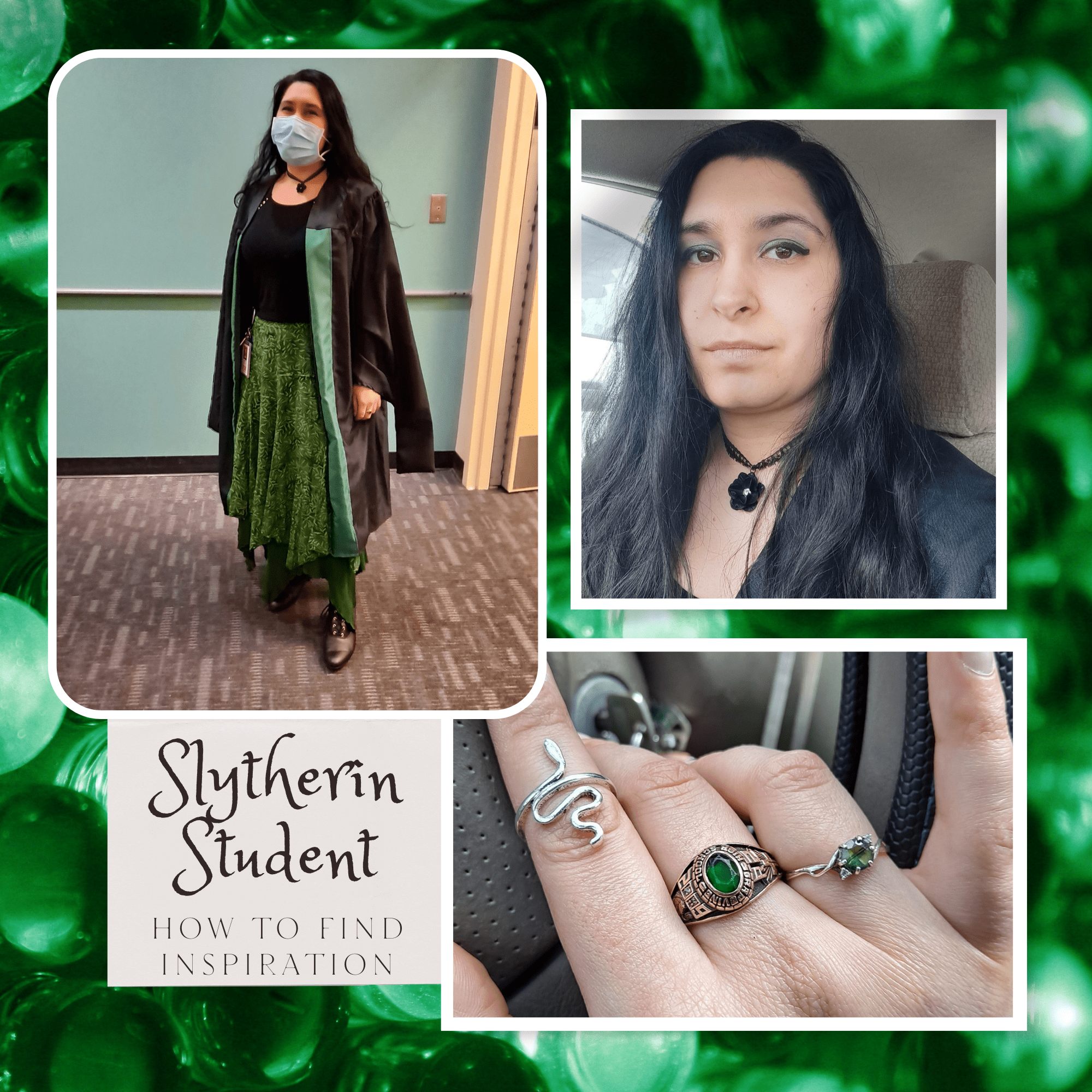
By FPL_Staff
Out of the blue, you’re invited to a costume party. Or maybe you cosplay and want to add just that hint of extra pizzaz. Be mindful of three elements whether you’re looking for a quick (but good) costume, or when planning your next epic cosplay. Remember LTC: Lines, Texture, Color. See below for explanations and examples. The last example shows how the Library’s Makerspace, opens a new window can be used to create many cool pieces for a costume!
Lines: Visually speaking, lines are the first thing the eye sees–even before shapes, colors or additional details. Look at where the main lines are on your character–the shape of the silhouette, where accessories sit, where colors change, or where seams would be. Look at where a waistline hits on your character or if you need to create an illusion of a longer or shorter waist. The “lines” of fashion and clothing have changed over time, but your character probably has elements of certain styles that inspired or influenced the design.
 Texture: What sets quality costumes apart from cheap store-bought outfits is texture. Instead of going for a basic flat, matte, or shiny material, pay attention to the texture of the fabric, especially of the outer layers. If something is aged, make sure it looks old and worn. If you’re going for something elegant, check out an upholstery fabric, brocade, or lace to give it some dimension. Adding texture to your costume will give it a more authentic quality, even if the costume itself isn’t entirely accurate or was pieced together at the last minute.
Texture: What sets quality costumes apart from cheap store-bought outfits is texture. Instead of going for a basic flat, matte, or shiny material, pay attention to the texture of the fabric, especially of the outer layers. If something is aged, make sure it looks old and worn. If you’re going for something elegant, check out an upholstery fabric, brocade, or lace to give it some dimension. Adding texture to your costume will give it a more authentic quality, even if the costume itself isn’t entirely accurate or was pieced together at the last minute.
 Color: Let’s say you’re dressing up as an animated character. If the character wears yellow, consider adding some gold or mustard to the outfit to give it a more realistic look. Or perhaps you’re going for an animated look, and you choose your colors as two-dimensional as possible. Choose the most accurate color, but still add some texture so it looks like your character stepped through the screen. Sometimes varying colors can help create texture if you use different hues of the same color throughout your costume. Matching your outfit’s color palette correctly can set your costume apart from other people dressed as the same character or, like texture, give your final product more authenticity.
Color: Let’s say you’re dressing up as an animated character. If the character wears yellow, consider adding some gold or mustard to the outfit to give it a more realistic look. Or perhaps you’re going for an animated look, and you choose your colors as two-dimensional as possible. Choose the most accurate color, but still add some texture so it looks like your character stepped through the screen. Sometimes varying colors can help create texture if you use different hues of the same color throughout your costume. Matching your outfit’s color palette correctly can set your costume apart from other people dressed as the same character or, like texture, give your final product more authenticity.

Let’s see the use of LTC with costume examples:
1) Slytherin outfit for a Harry Potter event

LINES: Victorian style boots, snake ring, and straight hair. A black choker draws the eye to the “line” around the neck. For the student silhouette, graduation robes can be worn.
TEXTURE: Green skirt with variations in color and pattern, and moves in a light, flowy way.
COLOR: Green, black, and silver. Green skirt, black shirt, and silver rings.
2) Two characters reimagined in vintage fashion–Disney’s the Cheshire Cat, and Belle

LINES: vintage 1950’s style, A-Frame skirts.
Cheshire Cat: Stripes were made from a long spiral around the skirt, with ears attached to a vintage hat.
Belle: To achieve the visual “swoop” of her gown, vines were added to the skirt. The rose gives it a vintage poodle skirt vibe. The cold-shoulder top implies the off-the-shoulder effect of Belle’s gown. Embroidery on the shoes and gloves pulls the looks together.
TEXTURE: Pink fur is used for the stripes and tail of the Cheshire cat. For Belle, a red belt plus lace on the sleeves add texture and make it a little fancier.
COLOR: Pink/purple for the Cheshire cat, yellow for Belle.
3) Hummingbird inspired armor to wear at Renaissance festivals

This outfit would have been impossible without the Makerspace, opens a new window at the Frisco Public Library!
LINES: Reminiscent of a hummingbird. Numerous parts of this costume were laser-etched, 3D printed and laser-cut in the Makerspace.
TEXTURE: Lace and real leather. The shield has a 3D printed, silver hummingbird emblem, printed in the Makerspace.
COLOR: Green/blue, black for the neutral, silver for the “metal.” Red accents on the shield represent honeysuckle petals, the favorite flower of hummingbirds.
Hopefully these tips will make your next costume just that much better. Happy costuming!
To learn more about LTC and costume design check out these books:
Embellish Me: How to Print, Dye, and Decorate Your Fabric, opens a new window
Dress Codes: How the Laws of Fashion Made History, opens a new window



Add a comment to: Three Qualities to Improve Your Costumes